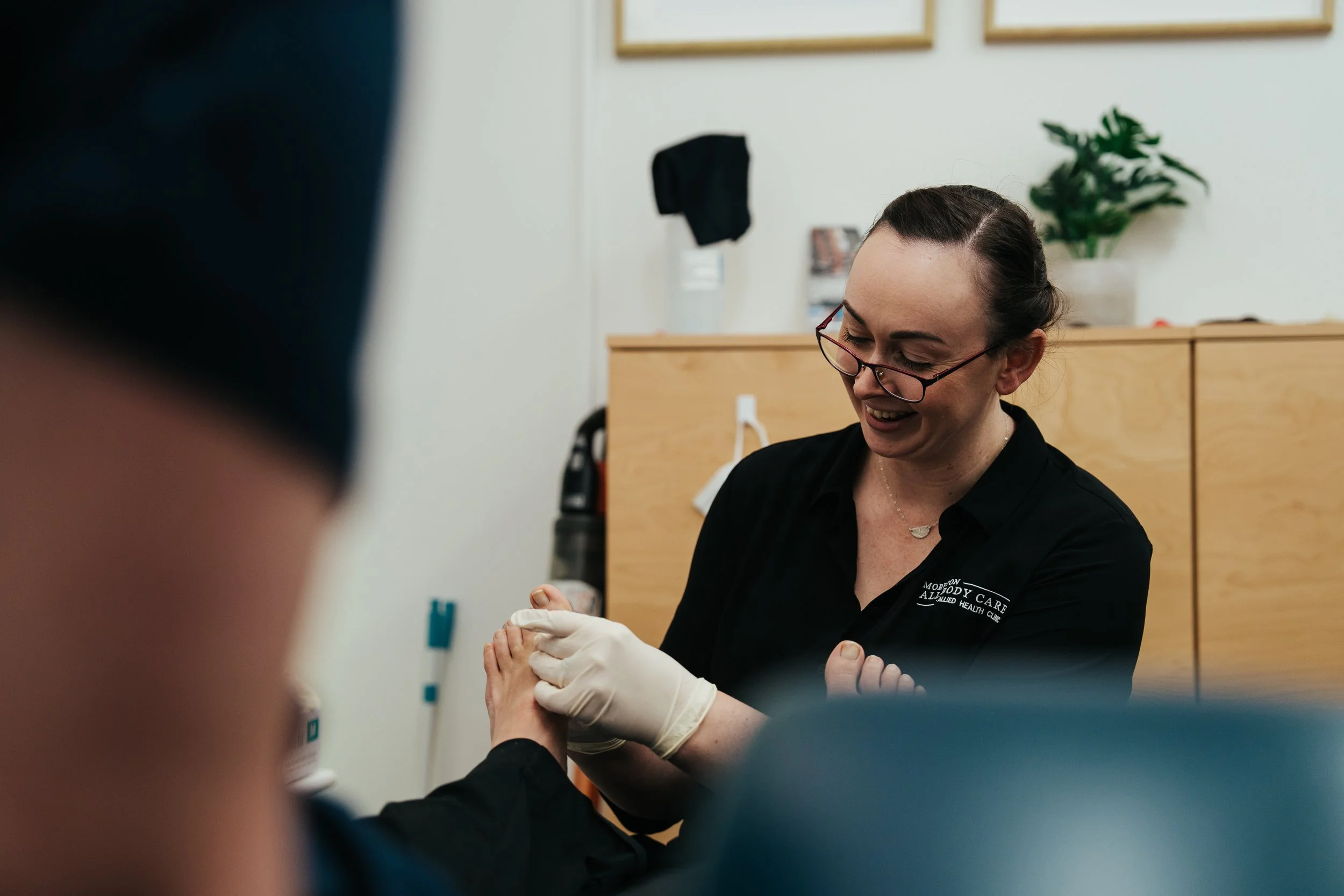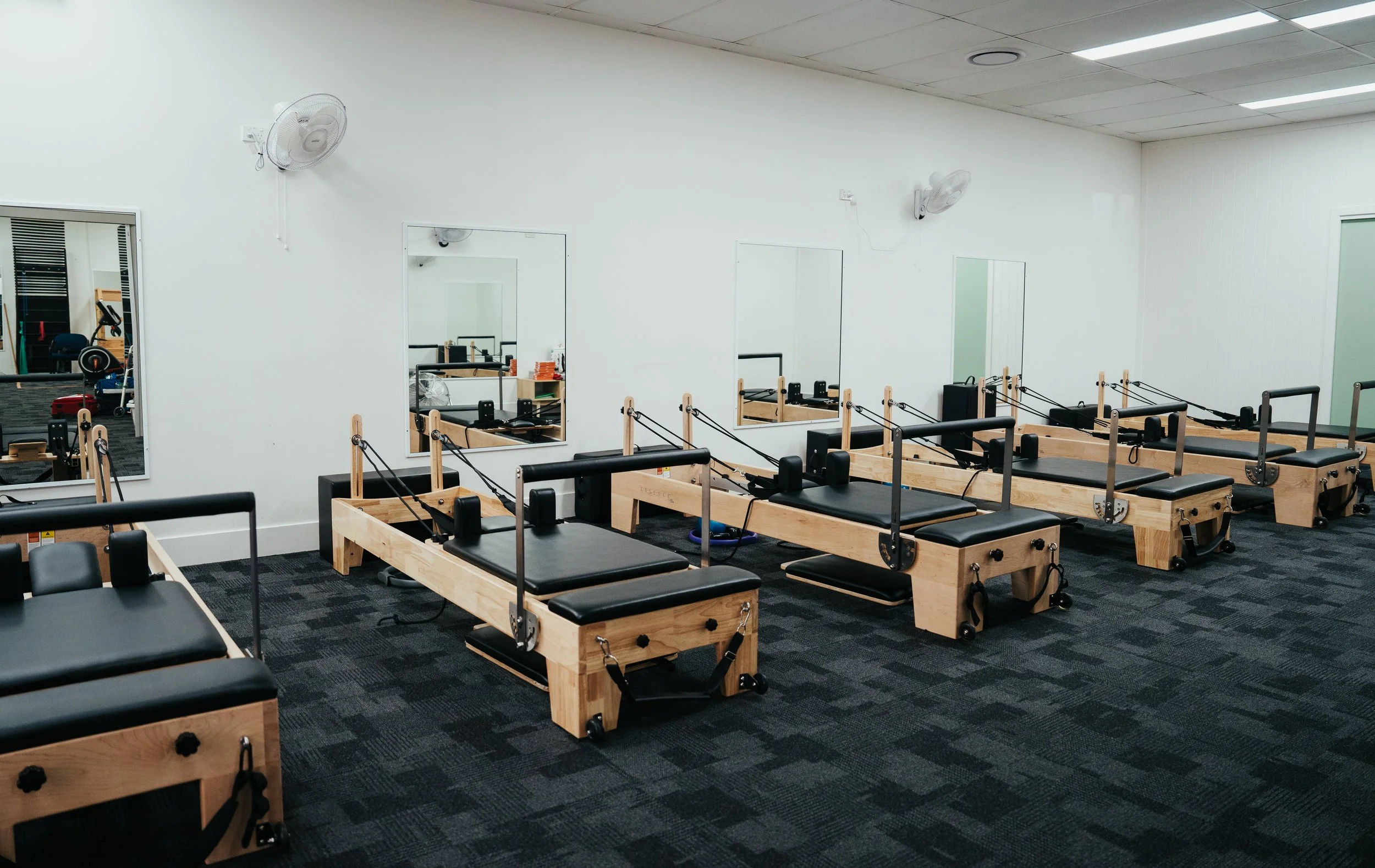
Your path to better physical wellness starts here
Our misson
Our mission is to provide exceptional, accessible and affordable healthcare services that empower our local community to live healthier, more fulfilling lives. We are commintted to delivering compassionate care, supporting individual well-being and fostering a healthier future for all.
Our services
-

Physiotherapy
-

Podiatry
-

Exercise Physiology
-

Remedial Massage
-

Group Exercise
-

Dietetics
Providing you with the tools and knowledge to improve your outcomes.
Our dedicated team is here to listen to your concerns, understand your unique challenges and provide you with a personalised treatment plan to transform your health outcomes.
Three convenient clinic locations
We proudly offer three convenient locations across the Moreton Bay region, ensuring easy access to healthcare for our community.






